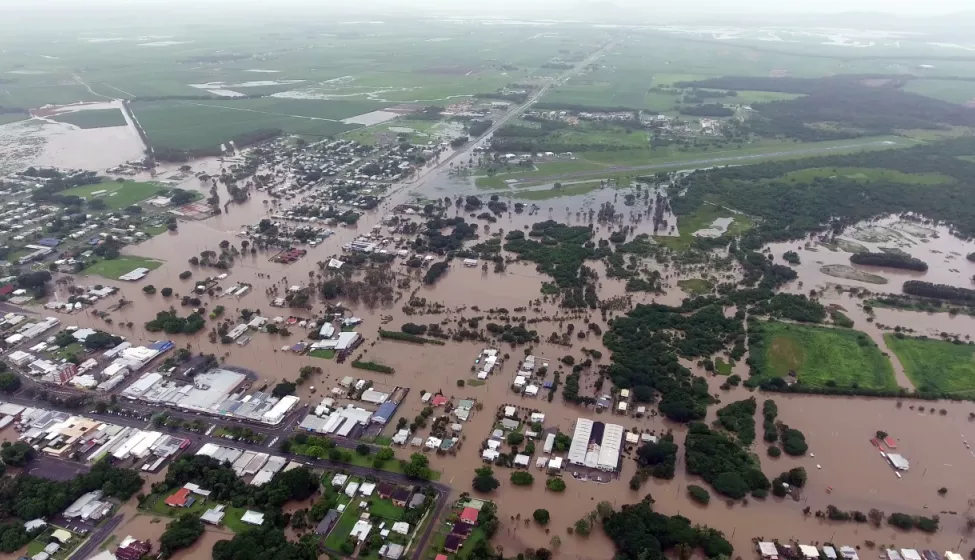November 4, 2021
A look at the impacts of climate change on the NRDA process
Climate change is increasingly becoming an important factor in natural resource damage assessments (NRDAs), but its inclusion in the NRDA process remains in its infancy. Climate change affects natural resources in two basic ways.
First, climate changes introduce elements such as sea level rise and increasing temperatures on global, regional, and local scales, which in turn create measurable long-term shifts in the environment and the habitats and natural resources therein.
Second, the increasing frequency and severity of extreme weather events attributable to changes in climate (e.g., wildfires, hurricanes, flooding, storm surges, etc.) cause large episodic and in some cases permanent disturbances in those habitats and natural resources.
Both long-term shifts in the environment and the episodic impact of extreme weather are relevant in NRDAs. Both may result in measurable changes in habitats and natural resources considered under the NRDA process. Key questions center on deciding when, and to what extent, analysis of these factors in an NRDA is appropriate.
Understanding a shifting baseline
Since it is important to measure injury and scale restoration as compared to the non-release baseline (i.e., "but for"), it is likewise important to consider how baseline conditions (e.g., abundance and distribution of fish and wildlife populations) may be influenced by climate and extreme weather factors. These considerations involve likely shifts in the baseline of natural resource conditions against which injury and recovery are measured and scaled.
For example, climate-induced shifts in the distribution of fish and wildlife species due to changes in habitat quality or the availability of food are well documented. NRDAs need to also consider climate and extreme weather factors as "alternative stressors" that may adversely affect natural resources and potentially amplify natural resource injuries.
Practical considerations may limit the extent to which climate factors are evaluated in an NRDA.
For example, in a Comprehensive Environmental Response, Compensation, and Liability Act (CERCLA) claim where historical impacts of a release may span back many decades, it may be desirable to understand how climate-related factors have altered the baseline over that time span, but limitations on availability of suitable data to demonstrate how resources have responded to those factors may make such an investigation impractical.
Alternatively, for an oil spill that occurs during an intense phase of an El Niño event, focused collection of data on the impact of the El Niño event on biological communities may prove cost-effective in more accurately defining the baseline against which injury is quantified.
Incorporating climate change resiliency into restoration
In a restoration context, climate factors need to be integrated into restoration planning, project design, and resilience planning. For restoration scaling, effort spent on forecasting the impacts of future climate-driven changes and extreme weather events on potential restoration projects may be important for accurately evaluating the relative benefits of different projects.
For example, enhanced resiliency to the impacts of sea-level rise may make a seemingly less cost-efficient project more valuable by making projected future benefits more likely to accrue. Demonstrating this could have practical implications for assigning restoration credits to various candidate projects and ultimately to the selection and scaling of the most cost-efficient option.
Restoration projects that also incorporate other benefits such as mitigation in the form of carbon capture or biodiversity conservation may also help meet corporate social responsibility (CSR) objectives.
A multi-step framework
Answering the NRDA questions raised by climate change requires the use of a multi-step assessment framework to balance the goals of accurately delineating climate-related effects and achieving cost-effective and timely resolution of claims.
First, the nature and complexity of the release, the potentially affected habitats and services they provide, and their vulnerability to climate change factors are evaluated.
Next, applicable climate change factors and the extent to which they should be analyzed for their potential influence on baseline, injury, and scaling of service losses are considered. Evaluation intensity can range from no or minimal consideration to rigorous quantitative consideration.
Finally, the impacts of climate change on selection, crediting, and implementation of proposed restoration projects are considered.
How Exponent Can Help
Exponent offers strategic, multidisciplinary environmental consulting, including NRDA consulting, to public and private sector stakeholders seeking to understand the impact of oil and chemical releases and in planning and performing appropriate scientifically valid investigations leading to practical and equitable settlements. We assess and advise on the range of technical issues involved in NRDA and other environmental matters from chemical exposures to injury assessments to restoration planning. Our broad expertise across numerous engineering disciplines, public health, ecological and environmental sciences, hydrology, NRDA, and restoration and mitigation analysis gives our clients access to an unparalleled wealth of skills and resources that can help build unique solutions to unprecedented challenges.



